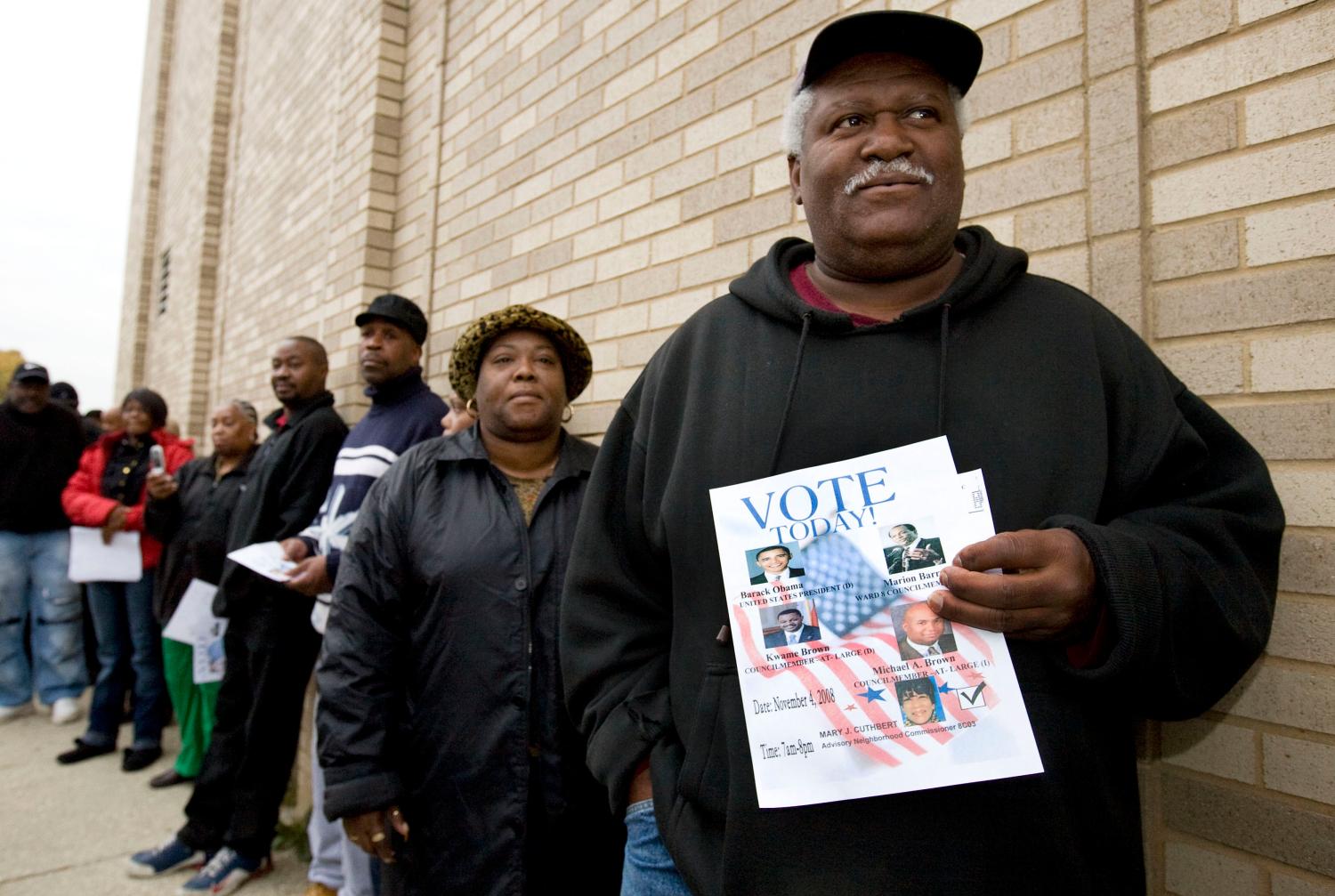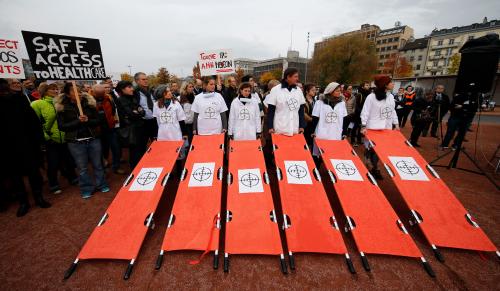Abstract
Health care expenditures by state and local governments have approximately doubled over the last 25 years, and now total $475 billion. These expenditures are 18 percent of national health care consumption expenditures, 24 percent of state and local government spending from their own funds, and 35 percent of state and local government tax revenue. Continued rapid growth in these expenditures could pose significant fiscal issues and difficult choices for state and local governments.
This paper examines state and local government health care expenditure growth under three scenarios, and analyzes possible implications of those choices. It concludes that expenditures could increase over 20 years by 1.2 percentage points of GDP under the baseline scenario, 0.3 percentage points under a low cost-growth scenario, and 2.3 percentage points under a high cost-growth scenario. These cost increases are driven more by non-Medicaid costs than by Medicaid costs. The non-Medicaid increases are driven first by retiree health care costs (OPEB) and second by costs of health care for the existing workforce. The Medicaid cost increases are driven primarily by costs for the elderly and disabled. Children, adults, and Medicaid expansion enrollment play a much smaller role in the increases.
The low cost-growth scenario is unlikely to pose particularly difficult decisions for state and local governments, but the baseline and high cost-growth scenarios would. The baseline increase is more than twice as large as state tax increases enacted in either the 1980-82 recessions or the 1990 recession. It is equivalent to total state and local government spending on police and prisons. Adjusting budgets by that magnitude, even over 20 years, would undoubtedly raise very difficult policy and political choices.
This analysis is for state and local governments in the aggregate, but that is not how the real world works. The problems that state and local governments face are quite varied; in some places fiscal problems have been and will continue to be severe, particularly in older industrial cities and in many California cities. In those places, health care spending increases on top of other problems will make it very hard for elected officials to fund the spending. If health care spending does increase as much as in the baseline scenario then some governments undoubtedly will seek to make large cuts in health care spending. Health care premiums for workers and retirees, who do not appear to have strong political support and where cuts do not lead to a loss in federal aid, may be particularly susceptible. Governments may find it much harder and much less attractive to cut mandated Medicaid spending or to raise taxes relative to their current levels.
The high cost-growth scenario would present far more difficult choices. The growth in spending as a share of GDP would be the equivalent of more than a 20 percent cut in all non-health state and local government financed spending. A tax increase to fund this spending would raise state and local taxes as a percentage of GDP about 20 percent above the highest level that taxes have been in the last seven decades. While state and local governments increased taxes by even more between 1950 and 1970 to finance the education of baby boomers, they started from a level of taxation that was 37 percent lower than it is now. Support for similar tax increases now undoubtedly would be smaller. Health care spending increases of this magnitude seem likely to generate extraordinary political opposition and efforts to cut health care programs significantly. As with the baseline scenario, these numbers reflect national averages. Some governments – particularly where health care spending already is high or where fiscal pressures are particularly severe – would face much greater pressure.




